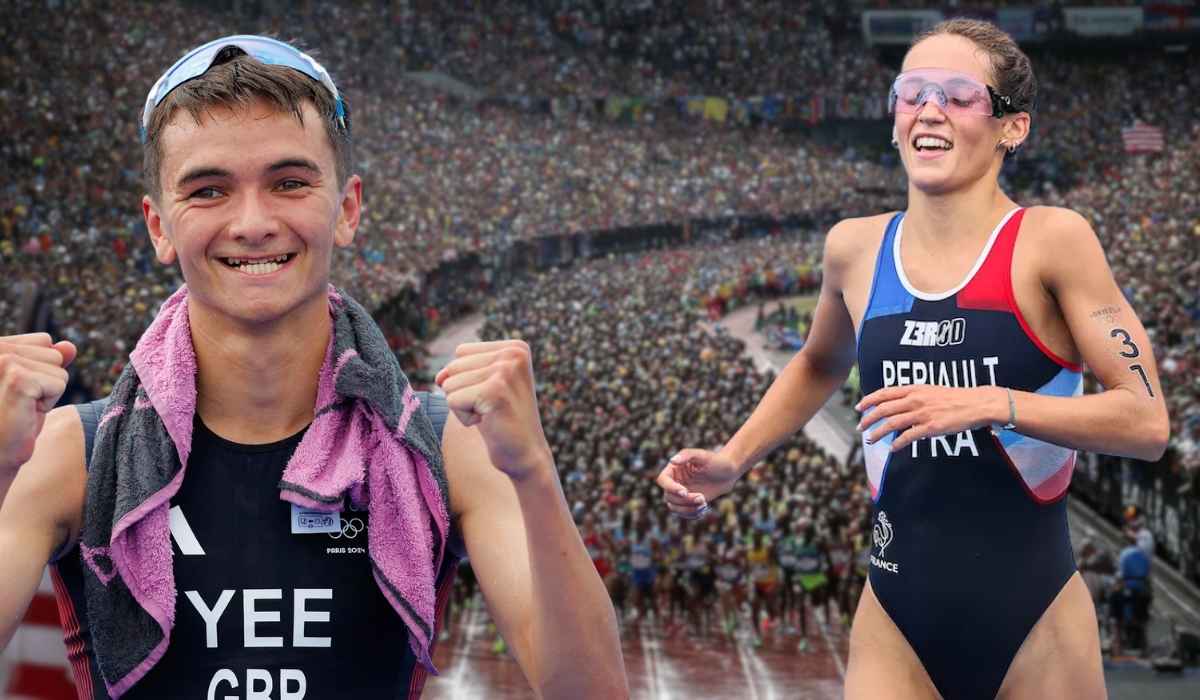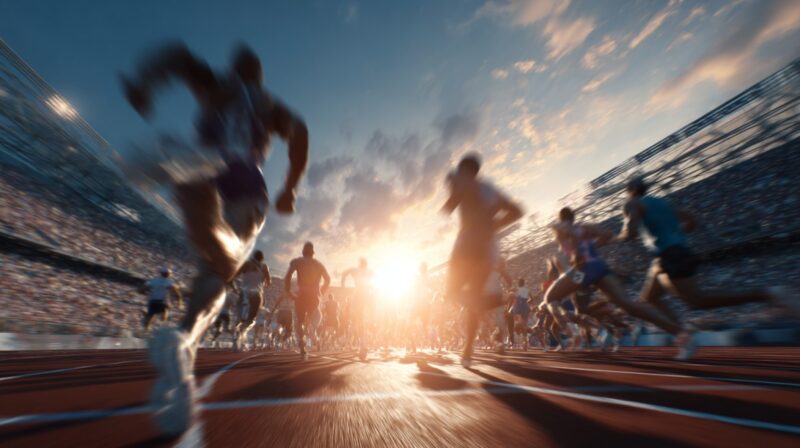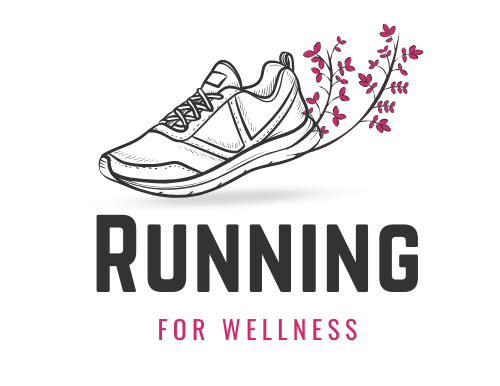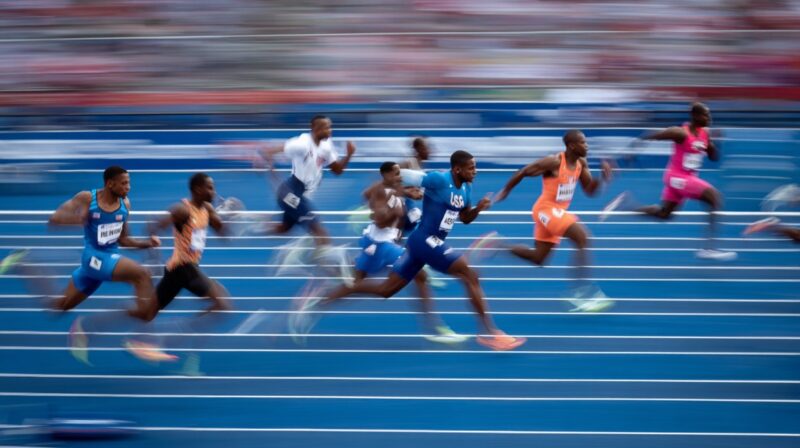A 10K race holds a distinctive place in endurance sports, blending raw speed with sustained stamina. It serves as a proving ground for athletes across disciplines, bridging the explosive pace of shorter distances with the endurance of the marathon.
Both professional and amateur runners see the 10K as a true test of physical and mental balance.
Comparing United States and global 10K records reveals how training philosophies, pacing strategies, and environmental conditions influence results. Record times often mirror a nation’s approach to endurance development, sports science, and competitive culture.
Purpose centers on contrasting track, road, and triathlon-related performances among U.S. runners and international champions.
World Record Benchmarks (Global vs USA)
Global and American records in the 10K and 10,000m disciplines reveal how training philosophy, environmental conditions, and competitive intensity influence peak performance.
Comparing the world’s best with American standouts helps illustrate both the narrow margins and vast potential in distance running.
Below are detailed insights into global and national benchmarks across different event formats.
10,000m Track World Records
Track events represent the purest form of controlled endurance, where pacing, precision, and mental toughness define success. In this setting, the world’s best have pushed human performance to staggering limits.
Cheptegei’s record represents an extraordinary display of endurance and pacing control, achieved under optimized track conditions. Bekele’s championship record remains a symbol of racing mastery under pressure, achieved when tactics and medals outweigh pure time.
Among women, Chebet’s sub-29-minute performance changed perceptions of female endurance potential, while Adere’s long-standing championship mark highlights her tactical intelligence and consistency at the global level.
In comparing these achievements, it becomes clear that championship conditions limit the opportunity for absolute time trials.
World record attempts favor ideal pacing and environmental factors, whereas championship races demand resilience in unpredictable tactical situations.
10K Road World Records
Road races offer a contrasting test of performance, shaped by course design, weather variability, and pacing strategy.
World-class times often depend on perfectly calibrated routes and minimal elevation change.
Kipruto’s road mark emphasizes the precision of modern racing strategy combined with aerodynamic pacing groups.
Ngetich’s 2024 record established new boundaries for female road racing, signaling that the performance gap between male and female athletes continues to narrow at the elite level.
- Course certification and minimal gradient variance
- Favorable temperature and wind conditions
- Pacing teams designed for even splits
- Technological innovations in footwear
Each element plays a crucial role in transforming exceptional fitness into record-breaking execution.
Fastest U.S. 10K and 10,000m Performers
American distance running continues to progress through systematic development and scientific precision.
While world records remain just out of reach, several athletes have achieved remarkable performances that reflect significant global competitiveness.
- Men: Galen Rupp and Grant Fisher
- Women: Molly Huddle and Emily Sisson
Rupp’s Olympic pedigree and Fisher’s technical consistency have placed them among the fastest non-African runners in history.
Huddle and Sisson, on the women’s side, represent sustained excellence through disciplined training and course mastery.
Performance margins separating U.S. athletes from world record holders remain slim, often within seconds per mile.
- Altitude and climate differences in training environments
- Race scheduling and pacing availability in global events
- Competitive density at elite meets
While global dominance remains concentrated in East Africa, U.S. athletes continue to shorten the gap through refined coaching methods and data-driven training systems.
Championship vs World Record Context
Championship Records (CRs) and World Records (WRs) reflect different competitive goals. A world record attempt is often meticulously planned, leveraging pacing lights, favorable weather, and flat tracks. Championships, however, reward strategic execution and medal placement over raw speed.
In 10,000m events, athletes prioritize positioning and tactical control, leading to slower times compared to world record conditions.
Even elite competitors conserve energy early before unleashing finishing kicks. In contrast, world record runs sustain evenly distributed paces near maximum effort throughout.
Observation across history shows that WRs often result from controlled solo runs, while CRs highlight racing intelligence and adaptability. Both contexts reveal distinct aspects of endurance excellence-precision versus tactical mastery.
10K in Triathlon – Special Case

Triathlon racing introduces an additional dimension to 10K performance, demanding exceptional fatigue management after swimming and cycling segments.
Athletes must maintain form and pace while metabolically depleted, making this version of the 10K a true test of multidimensional endurance.
- Men: Alex Yee – 28:31
- Women: Leonie Periault – 31:27
Yee’s ability to sustain sub-29-minute pace following intense swim and bike legs demonstrates the evolving standard of triathlon endurance.
Periault’s performance highlights growing parity among elite women who now approach traditional track times under triathlon fatigue.
American athletes such as Morgan Pearson and Taylor Knibb have achieved competitive splits that reflect near-world-class running ability.
However, European and Australian triathletes maintain an edge due to deeper competition circuits and more frequent exposure to international formats.
- Efficient bike-run transition
- Nutrition and hydration control during earlier segments
- Tactical drafting in the cycling portion
- Terrain and course design impacting running cadence
Triathlon specialists must balance endurance, strategy, and recovery discipline, setting them apart as some of the most complete endurance athletes globally.
Marathon Links & 10K Relevance

Connections between 10K and marathon success are undeniable. Speed at 10K distance often predicts potential over 26.2 miles, revealing how aerobic development and lactate threshold training intersect.
- Kelvin Kiptum: Blistering early race pace sustained through marathon distances
- Eliud Kipchoge: Precision pacing rooted in 10K tempo principles
- Ruth Chepngetich: High-speed efficiency derived from shorter-distance conditioning
Among American marathoners, athletes such as Conner Mantz, Emily Sisson, and Keira D’Amato showcase how 10K efficiency translates into consistent marathon breakthroughs.
Sub-30-minute 10K capabilities often signify readiness for elite marathon pacing near 4:40–4:50 per mile.
- Interval sessions improving VO₂ max
- Tempo runs enhancing lactate clearance
- Altitude-based endurance adaptations
- Controlled long runs reinforcing fatigue resistance
Progress in the 10K distance continues to shape marathon evolution worldwide. Mastery of one discipline invariably strengthens the other, forming the backbone of modern distance running excellence.
Final Thoughts
Comparison between U.S. and global 10K performances reveals a dynamic spectrum of excellence. World record holders from Africa dominate both track and road formats, while American athletes continue closing the gap through improved training science and competitive exposure.
Track, road, and triathlon contexts each influence pacing, tactics, and endurance differently. Benchmark times showcase human adaptability across various formats of long-distance competition.
Related Posts:
- 10 Best Running Documentaries - Inspiring Films for Runners
- How Can You Start a Career as a Running Coach?
- Lower Back Pain While Running? Here's What You Need to Know
- How Long Does It Take to Train for a Half Marathon?
- How To Recover From Muscle Inflammation Without Medication
- Best Ultra Marathon Runners of the Year







